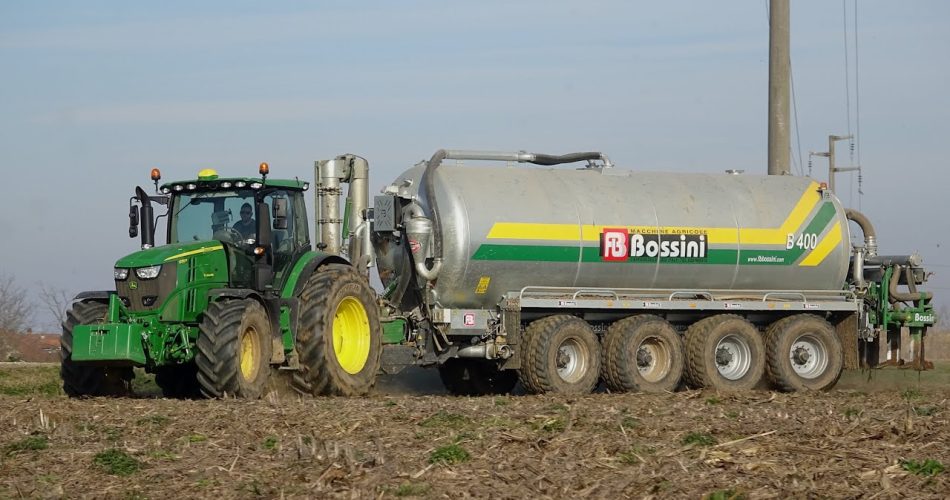A $1m machine to exploit pig poo
Near the Queensland town of Kingaroy, 220 kilometers northwest of Brisbane, there’s a farm where Mr. Young owns 8,000 pigs and some swathes of irrigation land.
He’s been looking for a solution to profit from his pigs’ poo for years since his piggery produces around 40 megalitres of liquid effluent every year which needs to be moved somewhere.
Previously, the piggery’s effluent was pumped out by irrigators before the tanker arrived but it wasn’t good for the neighbors as piggery manager Sharon Young stated.
“A lot of nutrients was going up in the sky, the wind was a problem, and we don’t want to cause a nuisance to our neighbors or the general public if there’s odor floating about in the air”, she said.
But the new tanker, according to Ms. Young, provided a “win-win” solution for both the piggery and the farm’s irrigated crop production.
This year, the price of synthetic fertilizers has reached new highs but Mr. Young estimates one full tanker of effluent is equivalent to $2,000 worth of synthetic fertilizers that’s why this new solution is a good alternative.
Although slurry tankers, as they are known in Australia, are not new, few are capable of injecting wastewater into the soil on a large scale.
The Italian-made tanker they employed has a capacity of 30,000 liters and a vacuum pump that can fill it to the brim in minutes and can inject effluent 20-30 centimeters into the soil. Mr. Young spent approximately $1 million for the entire setup, including the tractor and importation but he claimed it would swiftly recoup its investment.
We’re talking about the Bossini company which has started in 1925 by its founder Domenico Bossini who repaired all sorts of stuff in his little workshop downtown. However, the company takes shape during the war because of German soldiers who needed to repair their trailers from which Domenico learned the technology then he applied to farm trailers. But it was difficult for farmers when it came to transporting slurry, so Domenico considered fixing a barrel on the trailer with a pump for loading and unloading slurry which was the first example of a slurry spreader.
“We’re putting it down at the plant roots and we’re capturing all the microbial activity”.
This new approach is also catching the attention of the broader agriculture industry and University of Queensland tropical agronomist Mike Bell confirmed that agriculture needs to find ways to return nutrients to the soil.
“We’ve got to increase food production by probably 50% by 2050 to feed a growing global population”, Dr. Bell said.
“At the same time, our soil resource is being slowly degraded by some agricultural practices and the nutrient removal that has been going on in the crop removal, so we’ve got to look at new practices to maintain and improve productivity”.
Mr. Young’s farm is located in the Great Barrier Reef Catchment, an area where fertilizer use is becoming more inspected since the declining water quality and health of the Great Barrier Reef have been partly attributed to the on-farm run-off of fertilizers into local waterways.
“We are not going to be allowed to spread artificial fertilizer on top of the ground as we have in the past”, he said.
“I don’t feel we will be able to spray liquid fertilizer out on open fields”.
Mr. Young believes that developing innovative technologies like his slurry tanker will help to improve fertilizer efficiency and reduce run-off.
The Young family also intends to lease the tanker to other piggeries and farmers in addition to their own crops to expand its use.
Source ABC.net.au

